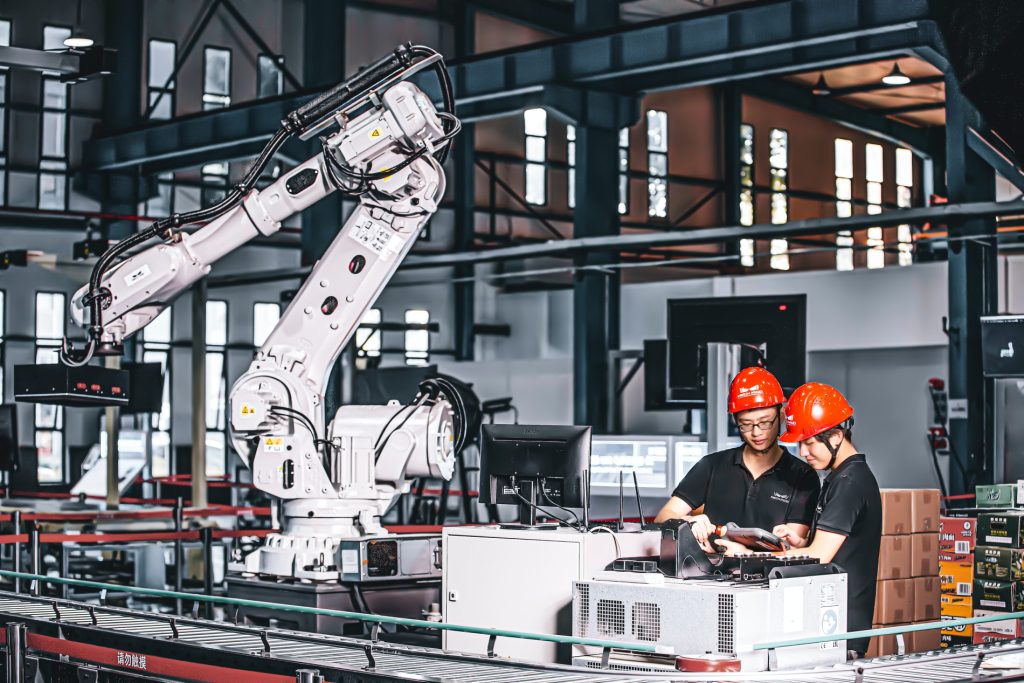Best practice for fire safety training
Though unlikely, there will always be the possibility of fires within a workplace. While the industry in which your company falls increases the possible occurrence, fires will and can occur anywhere, at any time. Importance of Fire Safety Training will continue to be a high-ranking importance within the Health, Safety and Environment space.
Conduct a Fire Risk Assessment
The first step of fire safety training is conducting a risk assessment, this will identify all potential fire hazards within the workplace and evaluate the likelihood of a fire occurring. This assessment with inform and allow the development of all policies and procedures.
Develop fire safety policies and procedures
Fire safety policies and procedures should be developed based on the findings of the fire risk assessment. These should include evacuation procedures, emergency contact information and equipment usage and location. They should provide guidance on the prevention of fires, such as proper storage of flammable materials and regular maintenance of all electrical equipment.
Train employees
All employees should undergo training (including continual refresher training) on the correct use of equipment and evacuation procedures.
Conduct fire drills
Fire drills are an extremely important part of fire safety training. Drills should be conducted on a regular basis to ensure employees (and visitors should there be any within the business) are aware and understand the procedures and are able to evacuate the building quickly and safety in the unfortunate event of a fire.
Assign roles and responsibilities
Roles and responsibilities should be assigned to individual employees to ensure they understand their role within the fire safety procedures. For example, one employee should be responsible for contacting emergency services (fire department), while another/s will be responsible for the evacuation of employees, customers, and visitors to the identified evacuation point.
Fire safety training is a crucial aspect of workplace safety. By conducting a fire risk assessment, developing fire safety policies and procedures, training employees on fire safety procedures, conducting fire drills, assigning fire safety roles and responsibilities, and providing refresher training, businesses can ensure that their employees are prepared to respond to a fire emergency. These practices can contribute to the safety and well-being of employees and the longevity of the business.
ARE YOU LOOKING FOR STAFF IN THE HUNTER VALLEY NEWCASTLE REGION?
ASR Recruitment is a boutique recruitment agency specialising in Human Resources recruitment, Engineering recruitment, IT & Technology recruitment, Business Support recruitment, Marketing & Communications recruitment, Accounting & Finance recruitment and Construction recruitment.
Find out more by visiting our Clients page!
Looking for a new Role Search Jobs here.
From our blog
Read our articles below to see our latest insights.









